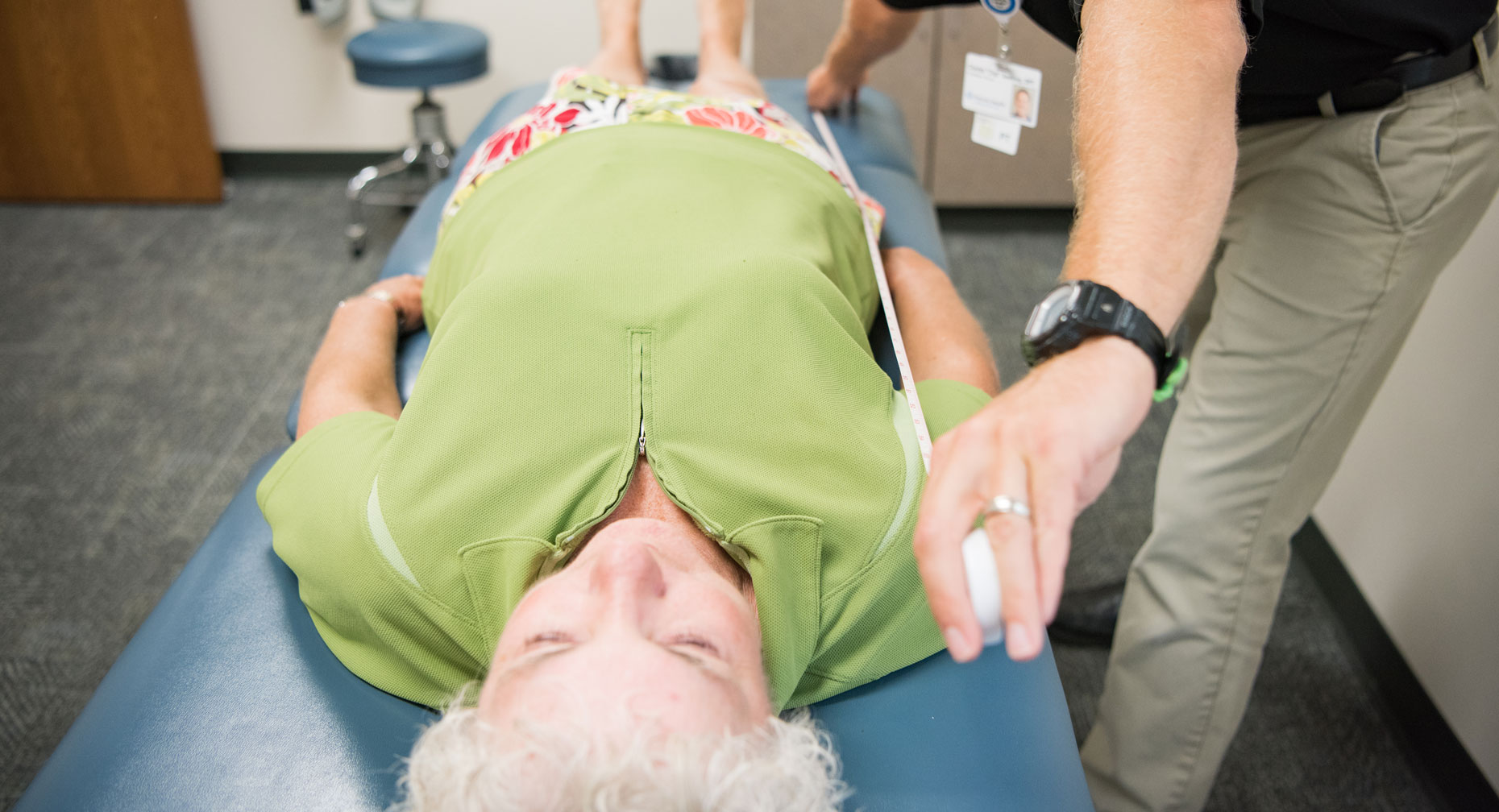Catch a Silent Killer With Osteoporosis Screening

Answer a few questions and we'll provide you with a list of primary care providers that best fit your needs.
Osteoporosis is called a “silent” disease because it has virtually no symptoms. Many people don’t realize they have it until they break a bone. At that point, the results can be financially, physically and personally debilitating. Early detection is key to preventing the serious consequences this disease can bring.
First Steps in Diagnosis
If you think you’re at risk for osteoporosis, learn more about the factors that increase your chances.
Most importantly, see your doctor. He’ll start with a physical exam, which will include checking for changes in your height, posture, and gait (how you walk). He’ll ask questions about your general health habits and medical history.
Your doctor will also order blood and urine tests that look at the levels of calcium and potassium in your blood and urine, check thyroid function and parathyroid levels, and determine whether your body has enough vitamin D.
Bone Mineral Density Exam
Your physician may also order a bone mineral density exam (bone densitometry). A bone density exam is the single most important diagnostic test to predict whether a person will have a fracture in the future.
A bone density exam looks at the strength (or density) of your bones, and compares it to the bones of an average healthy young adult. The result, called a T-score, tells you how strong your bones are, whether you have osteoporosis or osteopenia (bone mass that is low, but not low enough to be diagnosed as osteoporosis), and your risk for having a fracture. It can also tell you whether medication for osteoporosis is working.
During this exam, you lie on a table fully clothed (but no zippers or buttons) and your body is scanned. It is noninvasive, which means no needles or medical instruments are placed in your body. The test is painless, safe and requires no preparation on your part. The amount of radiation used is extremely low. Generally, it takes about 15 minutes to perform.
The most common bone mineral density exam is a central DXA (dual-energy x-ray absorptiometry) scan of the hip and spine.
Peripheral tests are another type of bone density screening. They measure density in the finger, wrist, knee, shin or heel. These tests can tell you whether you need further bone density testing, but cannot actually diagnose osteoporosis. They are typically performed at health fairs and in some medical offices. If you undergo a peripheral test, see your doctor to determine whether you also need a central DXA.
Dr. Jennifer Jerele recommends scheduling bone density scans as part of your annual well woman exam.
Click play to watch the video or read video transcript.
A bone density exam is the single most important diagnostic test to predict whether a person will have a fracture in the future.
Additional Tests

Some physicians use an online fracture risk assessment tool called FRAX®. It uses information from your bone density exam as well as your personal risk factors to determine what your chances are for fracturing your hips or other major bones in the next 10 years.
If you’re experiencing back pain, your doctor may order x-rays or a vertebral fracture assessment to look for a spinal fracture. In addition, nuclear bone scans, CT scans, or MRIs may be ordered to look for cancer, bone lesions, inflammation, or other conditions that could be causing problems with your bones.
Be Proactive
To prevent osteoporosis, or slow its progression, you need to be proactive. Know your risk factors, talk to your doctor, and take steps to keep your bones strong and healthy. This, along with bone density exams, will give you the ammunition you need to stop this silent killer in its tracks.
Answer a few questions and we'll provide you with a list of primary care providers that best fit your needs.
Source: National Osteoporosis Foundation; National Institutes of Health Senior Health; Office of Women’s Health, U.S. Department of Health and Human Services; Jennifer Jerele, MD, Premier Orthopedics






